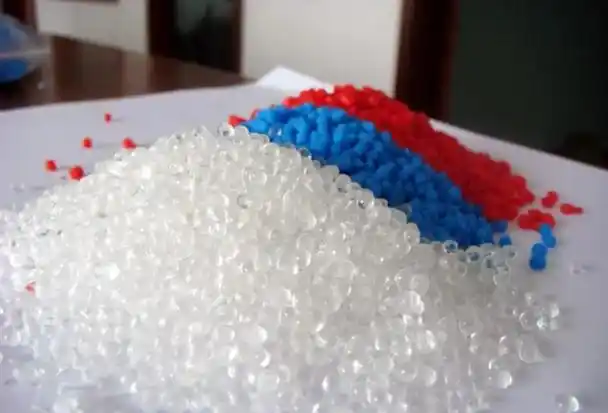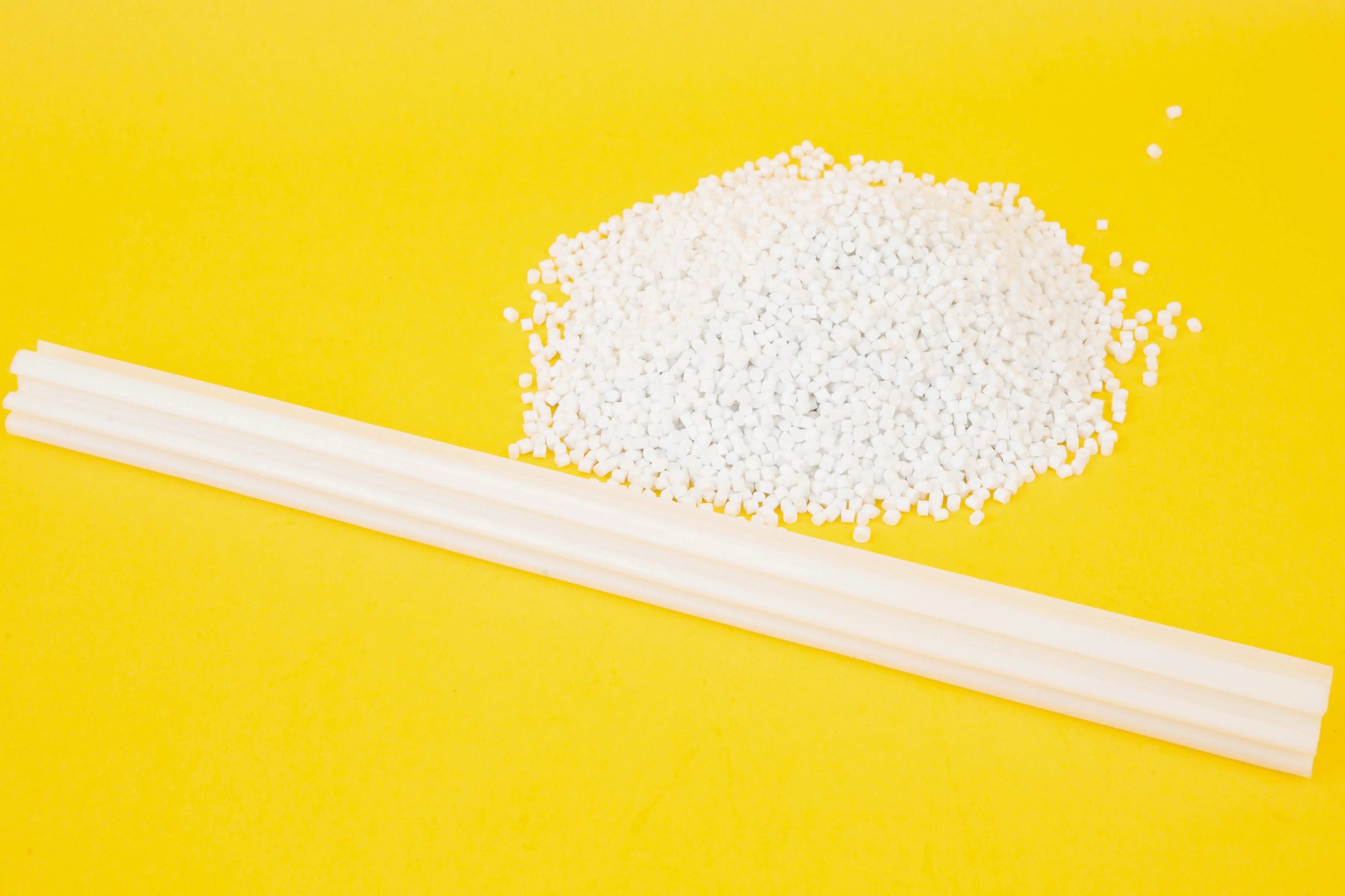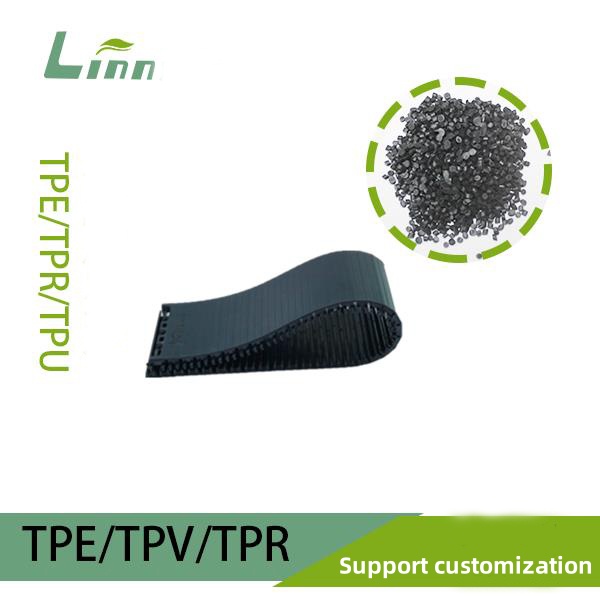Hey there, if you’ve ever pulled a freshly molded TPE part from the machine only to see those frustrating little bubbles staring back at you, you’re not alone. I’ve spent over two decades knee-deep in plastics engineering, troubleshooting everything from high-volume runs to custom prototypes. Bubbles in thermoplastic elastomer (TPE) injection molding? It’s a headache that can ruin batches, spike scrap rates, and test your patience. But understanding why they sneak in—and how to kick them out—can save you time, money, and a whole lot of frustration.

Picture this: TPE, that flexible, rubber-like wonder material used in everything from phone cases to medical tubing, flows into the mold like molten silk. Yet, somehow, air or gas gets trapped, forming voids that weaken the part and mar its surface. In my early days, I lost entire shifts to this issue on a automotive seal project. The client was furious, and I was pulling my hair out. Today, I’ll walk you through the culprits, drawing from hands-on fixes and lab tests I’ve run. We’ll dissect the science without drowning in jargon, and I’ll share tricks that have turned my molding woes into smooth successes.
The Sneaky Science Behind Bubbles
At its core, bubbles in TPE molding boil down to gas entrapment. Whether it’s air from the environment, moisture turning to steam, or gases bubbling up from the resin itself, these pockets refuse to escape during the injection process. TPE’s unique chemistry—blending the processability of thermoplastics with rubber’s elasticity—makes it prone to this. It’s like trying to pour honey into a jar without trapping air; the viscosity fights back.
Think about the injection cycle. Molten TPE shoots in at high pressure, filling the mold cavity. If the material can’t knit properly or vents fail, gases compress and hide in weak spots. I’ve seen it happen when the melt temperature creeps too high, volatilizing additives and creating micro-bubbles that expand on cooling. Or, in humid shops, absorbed water flashes to vapor, popping like tiny fireworks inside the part.
From experience, moisture is the arch-nemesis. TPE hygroscopic nature means it sucks up water like a sponge in a rainstorm. During melting, that water boils off, forming steam bubbles that don’t always vent out. I once had a batch where pellets sat overnight in a damp warehouse—next morning, every part was pockmarked. Drying them properly? Problem solved, and production hummed along.
But it’s not just moisture. Air entrapment from poor mold design or rushed venting lets oxygen get squeezed into corners. Volatile compounds from fillers or colorants can off-gas too, especially if your screw speed is off, shearing the melt unevenly. And don’t get me started on degraded resin; overheated TPE breaks down, releasing hydrocarbons that nucleate bubbles. It’s a chain reaction—cause one issue, and it cascades.

Common Culprits: Breaking Down the Causes
Diving deeper, let’s unpack the main offenders. I’ve categorized them based on years of root-cause analysis in factories from Detroit to Shenzhen.
Material-Related Gremlins
TPE resin isn’t always innocent. Inadequate drying tops the list. These materials absorb up to 0.5% moisture, which vaporizes at processing temps around 180-220°C. The result? Voids that weaken tensile strength by 20-30%, as I’ve measured in destructive tests.
Contaminants sneak in too—dust, oils, or recycled content with hidden volatiles. I recall a supplier switch where “compatible” TPE brought in undisclosed fillers that outgassed wildly. Parts looked fine hot, but cooled to a bubbly mess.
| Cause | Description | Impact on Bubbles |
|---|---|---|
| Moisture Absorption | Hygroscopic TPE pulls in water from air | Steam voids during melt |
| Volatile Additives | Plasticizers or stabilizers evaporate | Gas pockets in core |
| Resin Degradation | Overheating breaks polymer chains | Hydrocarbon bubbles |
Processing Parameters That Backfire
Your machine settings can betray you. Overpacking the mold compresses air without escape, trapping it like a sealed balloon. Too high injection speed? It shears air into foam. Low temps make TPE too viscous, preventing knit lines from merging and letting gas linger.
Holding pressure matters hugely. Insufficient hold lets the part shrink, pulling in air cracks that mimic bubbles. I’ve tweaked this on a medical device run: dropped speed by 15%, bubbles vanished, and cycle time barely budged.
Barrel temps are tricky—TPE degrades above 240°C, birthing bubbles from thermal breakdown. Screw design plays in; worn flights aerate the melt. One vivid memory: a client’s worn barrel turned pristine TPE into Swiss cheese. New screw? Flawless parts.

Mold Design Nightmares
Molds are the silent saboteurs. Poor venting is killer—narrow vents clog with frozen TPE, blocking gas escape. Deep ribs or thin walls create dead zones where air hides.
Ejector pins and slides? If misaligned, they trap air pockets. Draft angles too shallow, and the part sticks, distorting flow. I redesigned a mold for a gasket with added vent lands—bubble rejection dropped 90%. Weld lines from multi-gate setups are bubble magnets too; gases converge there like rivers meeting.
Cooling imbalances exacerbate it. Hot spots keep material fluid longer, allowing bubbles to migrate and grow. Uniform cooling channels? A game-changer I’ve pushed in consultations.
| Mold Feature | Issue | Quick Fix Idea |
|---|---|---|
| Venting Slots | Clogged or absent | Widen to 0.01-0.02mm |
| Gate Placement | Turbulent flow | Central or sequential gating |
| Core Pins | Air traps | Add vent grooves |
Real-World Cases from the Trenches
Let me share a story that still makes me grimace. Early in my career, we molded TPE overmolds for power tools. Bubbles plagued the flexible grip—turns out, the rigid substrate had micro-porosity, trapping air during overmolding. We switched to vacuum-assisted injection, sucking out gases pre-shot. Yield jumped from 70% to 98%. Lesson? Always inspect substrates.
Another time, in a humid Asian plant, bubbles hit during monsoon season. Pellets arrived damp; we installed desiccant dryers at 80°C for 4 hours. No more voids, and the team high-fived over coffee. These aren’t textbook fixes—they’re battle-tested.
Overmolding adds complexity. TPE on PP? Thermal expansion mismatches create stress voids. Preheating the insert helps, as does slower fills to let gases bleed off.

Diagnosing Your Bubble Blues
Spotting the source? Start with visuals. Surface bubbles scream venting or speed issues; internal ones point to moisture or degradation. Use ultrasound or X-ray for subsurface sins—I’ve sectioned parts under microscopes, watching bubbles nucleate from impurities.
Melt flow index tests reveal degradation. Compare wet vs. dry resin samples. Mold flow simulation software? Invaluable for predicting traps before cutting steel.
| Diagnostic Tool | What It Reveals | Pro Tip |
|---|---|---|
| Visual Inspection | Surface vs. internal | Slice cross-sections |
| Moisture Analyzer | Water content % | Target <0.05% |
| Thermal Imaging | Cooling unevenness | Spot hot zones |
Strategies to Banish Bubbles
Kicking bubbles requires a multi-pronged attack. Dry religiously. Use hopper dryers or dehumidifiers at spec temps. I’ve seen shops skip this to “save time”—big mistake, as moisture multiplies defects exponentially.
Optimize parameters: Balance speed, pressure, and temp. Start with supplier guidelines, then iterate. Vacuum venting or gas-assist molding evacuates trapped air proactively.
Material swaps help—low-volatility grades or masterbatches reduce outgassing. Add nucleating agents to control bubble size, turning foes into fine foam if needed.
Mold mods: Etch vents, add porous inserts. For stubborn cases, ultrasonic degassing pre-injection vibrates gases free.
Post-processing? Annealing relieves stresses, collapsing micro-voids. But prevention beats cure.
In one project, we combined drying with mold venting upgrades—scrap fell 60%. It’s empowering, watching parts emerge bubble-free, smooth as glass.

Advanced Techniques and Material Insights
For high-precision TPE, microcellular foaming intentionally creates bubbles for lightweight parts, but uncontrolled? Disaster. Master this by dosing blowing agents precisely.
TPE variants differ: Styrenic block copolymers bubble less than polyolefin blends due to polarity. I’ve favored SEBS grades for bubble resistance in seals.
Sustainability angle: Recycled TPE often carries more volatiles—pre-treat with devolatilization extruders.
Equipment upgrades: Servo-hydraulic presses offer finer control over packing, minimizing voids.
Prevention Best Practices
Build a checklist: Daily dryer checks, resin storage in sealed bins, regular mold cleans. Train operators on signs—bubbles often whisper before they shout.
Supplier audits ensure consistent resin. In-house labs for incoming QC.
I’ve mentored teams to adopt SPC (statistical process control) for parameters—early warnings catch drifts.
Long-term, simulate everything. Software like Moldflow predicts bubble risks from flow fronts.
The Human Element in Molding Success
It’s not all tech. Operator vigilance spots anomalies. I remember a night shift hero who noticed temp fluctuations causing bubbles—quick purge saved the run.
Foster a blame-free culture; bubbles teach us resilience.
Wrapping Up the Bubble Hunt
Bubbles in TPE injection molding stem from a web of material, process, and design flaws, but armed with knowledge, you can conquer them. From drying diligence to vent savvy, each fix builds tougher parts. In my journey, mastering this turned headaches into triumphs—yours can too. Experiment, document, iterate. Your next flawless run awaits.
Frequently Asked Questions
What temperature should I dry TPE before molding? Aim for 80-100°C for 2-4 hours, depending on grade. Test moisture levels to hit under 0.05%. I’ve found over-drying wastes energy without gains.
Can bubbles be fixed post-molding? Sometimes—annealing or reheating collapses small ones, but large voids need remolding. Prevention is king.
Why do bubbles appear more in overmolding? Substrate air traps and adhesion issues amplify gases. Preheat inserts and use compatible primers.
How do I improve venting without redesigning the mold? Add temporary vent buttons or use high-pressure air blasts during trials. Permanent? Machine shallow grooves.
Is there a quick test for moisture-induced bubbles? Mold dry vs. undried samples side-by-side. Bubbly difference? That’s your culprit.
What if bubbles persist despite drying? Check for resin volatiles or screw aeration. Purge and inspect melt quality.
TPE vs. other elastomers—bubble proneness? TPE’s lower viscosity traps more air than silicone, but better than PVC. Grade selection matters.





